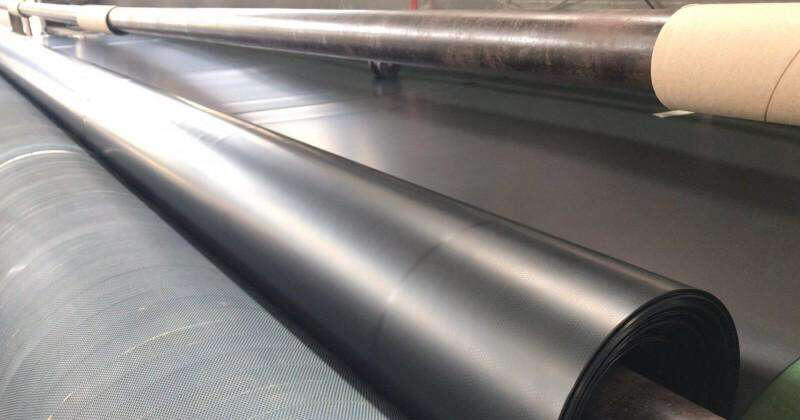Raw Materials For Composite Geotextile
The raw materials used for composite polypropylene nonwoven geotextile factory price should not only consider the physical and chemical properties required in the environment of use but also pay attention to product costs. In terms of performance, the following aspects are mainly considered:
1. Good physical and mechanical properties
The working environment of the composite polyester nonwoven geotextile factory price is bad, in many cases, it is soaked in water or spread in the soil with high humidity, so it must have good resistance to hydrolysis and wet mechanical properties.
2. Ultraviolet radiation resistance, hydrolysis resistance, high and low-temperature resistance
The composite geotextile should be exposed to sunlight, so it must have corresponding ultraviolet resistance; the composite polyester nonwoven geotextile for sale should adapt to the temperature when contacting with asphalt and other materials, and requires a higher melting point.
3. Resistant to chemicals, corrosion, and mildew
Water and soil are very different, some are alkaline, some are acidic, some are salty, and some contain various elements, so they must be chemically stable.
4. Good water permeability
Composite geotextiles need to be permeable for filtration and drainage, so they must have good water permeability.

Non-woven geotextile is made of filaments or short fibers through different equipment and processes to form a mesh. After needle punching and other processes, different fibers are interwoven with each other, intertwined and fixed to standardize the fabric, making the fabric soft, Full, thick, stiff, to meet different thicknesses to meet the requirements of use, non-woven wholesale polyester nonwoven geotextile has a good fabric gap, has good adhesion, because the fiber is soft, has a certain tear resistance, anti-seepage film strength and has a very good Good deformation adaptability, at the same time, it has a good flat drainage ability, a soft surface, and multiple gaps, a good friction coefficient, which can increase the adhesion capacity of soil particles, etc., which can prevent fine particles from passing through and prevent the loss of particulate matter while excluding excess water. The soft surface has good protection ability.
According to the length of the yarn, it can be divided into filament non-woven geotextile or staple nonwoven geotextile produced by filament nonwoven geotextile manufacturers. They can play a very good role in filtration, isolation, reinforcement, protection, etc. It is a widely used geosynthetic material. The tensile strength of the filament is higher than that of the short filament, which can be used according to specific requirements. It is mainly based on high-quality polyester staple fibers (4-9dtex fiber, 50-76mm length). It can also produce needle-punched nonwoven geotextiles of polypropylene, nylon, nylon, or mixed fibers according to requirements. It has the functions of isolation, filtration, drainage, reinforcement, protection, and closure. It has the following characteristics. Because non-woven geotextile has the above six functions, it can be widely used in railways, highways, sports venues, dams, hydraulic structures, tunnels, along the beach, reclamation, environmental protection, and other projects.
Application fields of high quality filament nonwoven geotextile Water conservancy projects: sea dike, river dike, lake dike compliance projects; reservoir reinforcement projects; reclamation projects; flood prevention, and emergency rescue. Highway and railway airport engineering: soft foundation reinforcement treatment; slope protection; pavement anti-reflection crack structure layer; drainage system; greening isolation zone. Electrical engineering: nuclear power plant basic project; thermal power ash dam project; hydropower station project. Port-channel engineering: the performance and use of the port geomembrane: the product has excellent filtration, drainage, isolation, reinforcement, and protection. It can be widely used in railways, highways, sports halls, dams, water conservancy buildings, tunnels, coastal beaches, siege, environmental protection, power plants, airports, and other projects.
